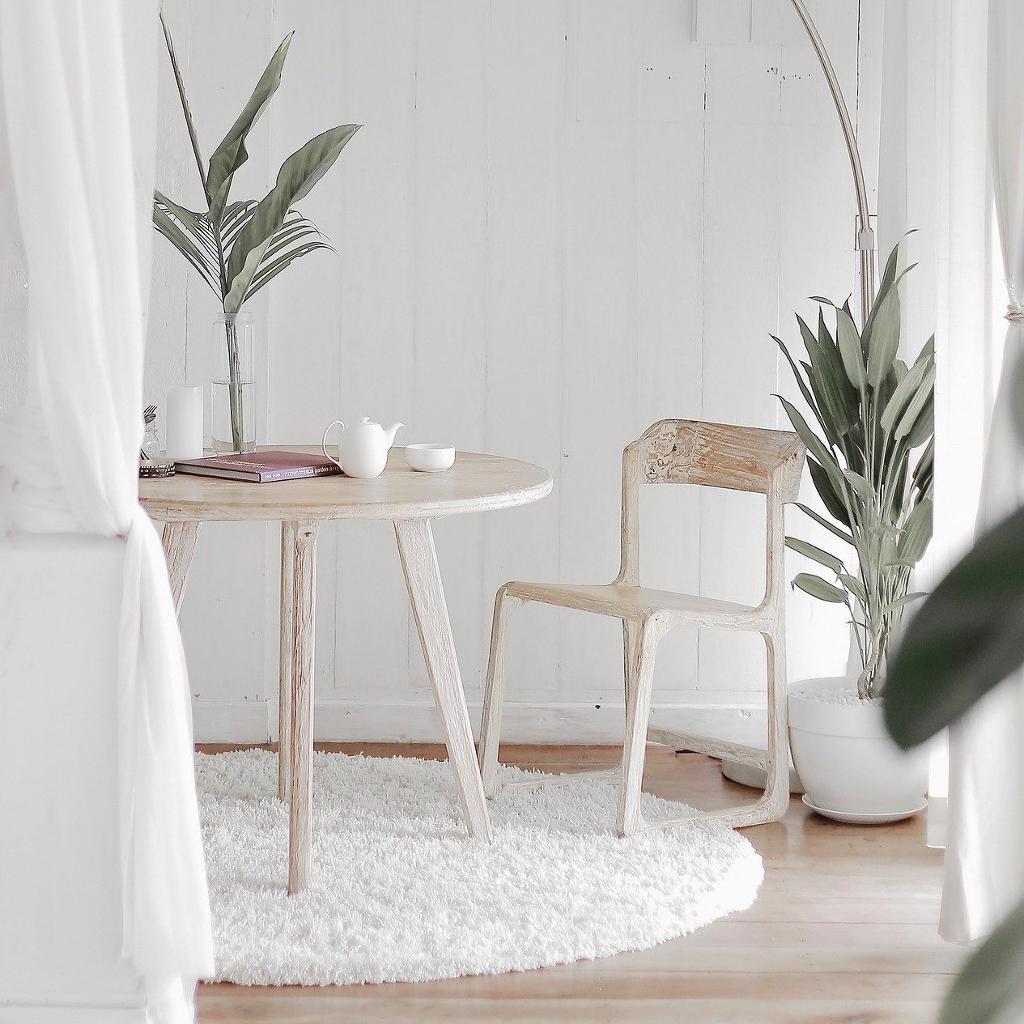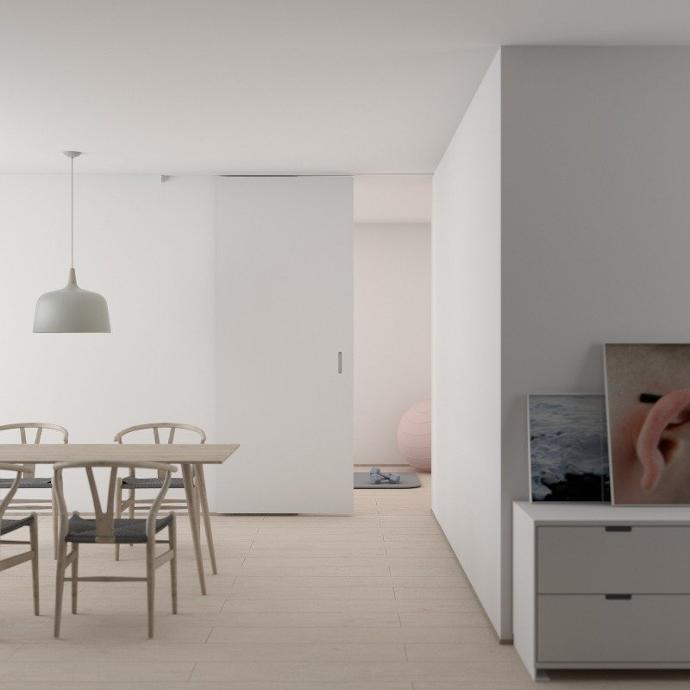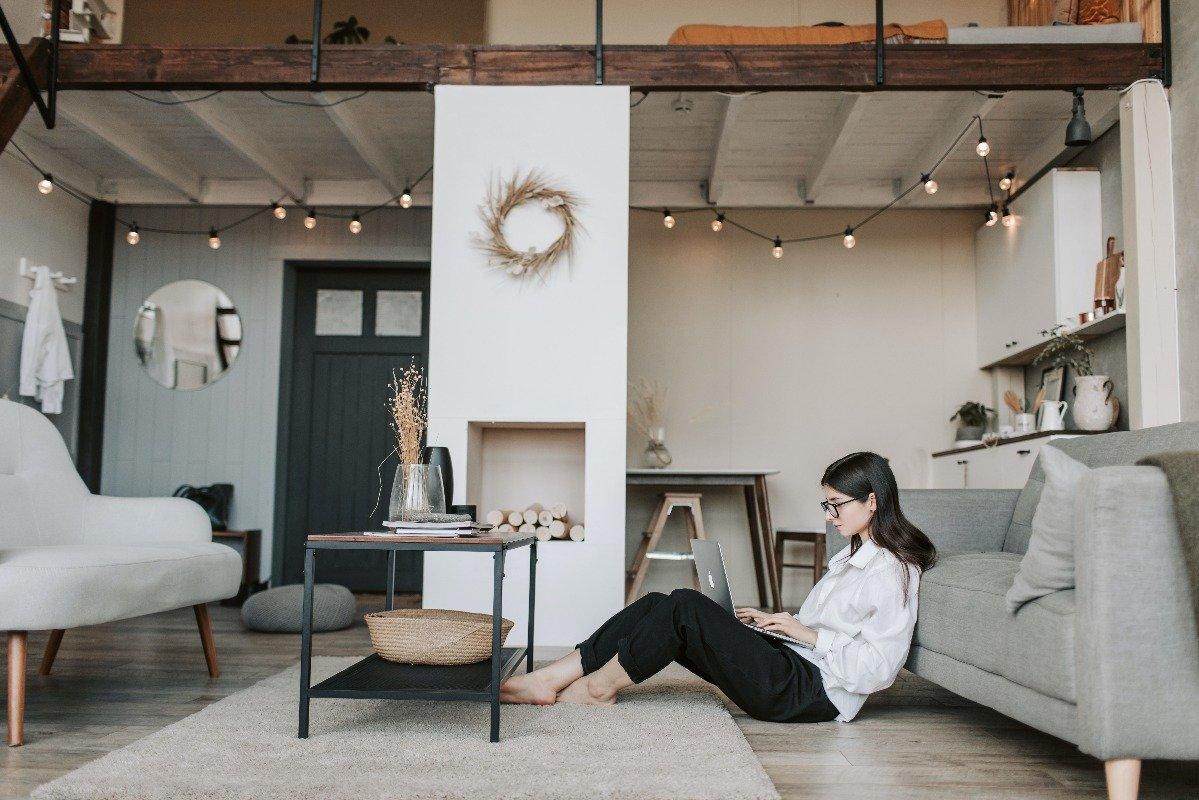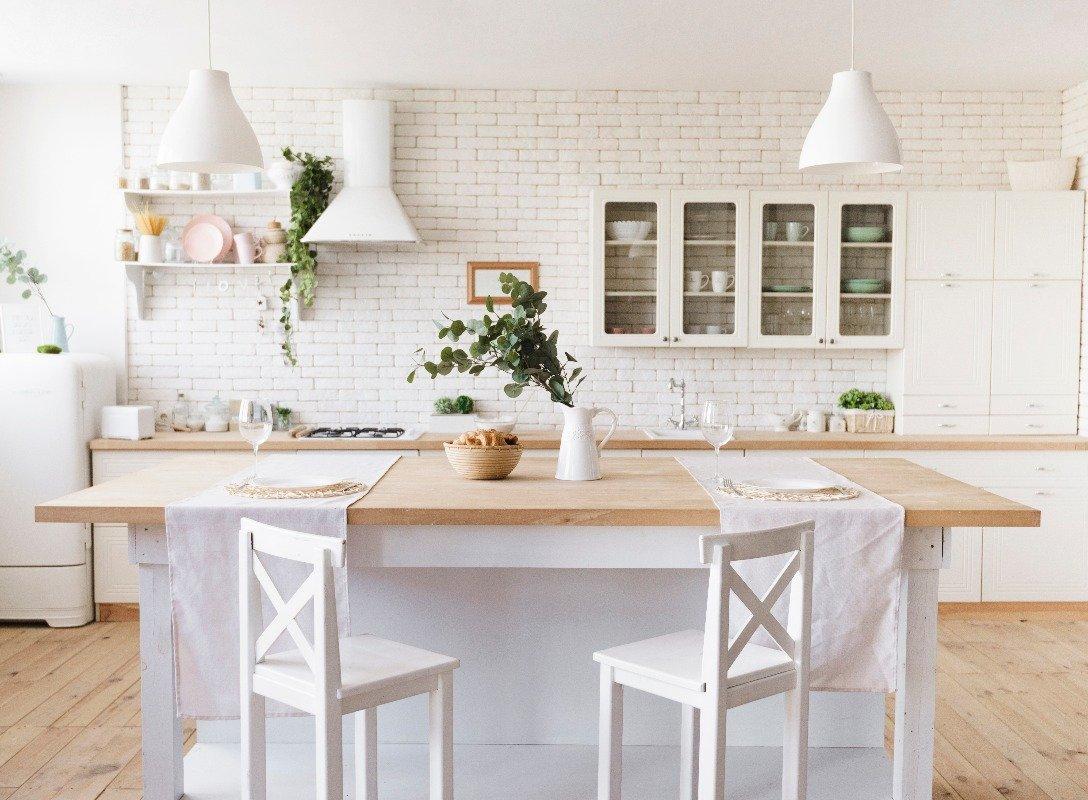
Scandi Attitude: Scandinavian Interior Design
IKEA deserves our respect. The Swedish retailer long since became the world’s biggest furniture brand based on its ability to transcend social class with its low-priced, flat-pack take on stylish minimalism. You might even say that it has come to define our idea of Scandinavian interior design (or Scandi, as it’s known in the biz).
Okay, so, the veneers often look a bit on the cheap side, the backs of the wardrobes wobble and pop out if you try to move them, and the door hinges may well leave you with a gap in your cupboard doors, no matter how accurately you position them according to the instructions. But what IKEA sometimes lacks in quality, it surely makes up for in style and it has given the entire world a pretty convincing makeover in that style. Pretty inspirational, if you ask us.
What is Scandi style?
Great as IKEA is, however, you can definitely tell the difference between its products and those of a more high-end Scandi designer, which are aesthetically rooted in the part of the world from which the style emanates: Scandinavia, which, in the 1950s, became a hub of what we now know as Mid-Century Modern interior design.
Furniture, textiles and household goods (from ceramic ornaments to consumer electronics) from Norway, Sweden, Finland, Denmark and Iceland flooded the mass market via newly erected shopping malls during that decade. And Scandi design redefined luxury for the entire developed world in a way that persists to this day. Without its influence, you might be looking at a very different set of products sold on websites like ours, in fact.
The style is characterised by simplicity, clean lines, minimalism and outstanding functionality. And it combines natural materials like wood, steel, wool and leather with modern composites (and, less so nowadays, plastics) to deliver an aesthetic impact that is both polished and remarkably cosy.

Photo by Carlos Diaz from Pexels
The beauty of wood and metal
Wooden elements are crucial to Scandi style. Solid wood flooring, wall panelling, furniture, fixtures and fittings alike are all demonstrative of a culture steeped in the logging industry. 70 per cent of the 40.8 million hectares of land in Sweden, alone, are covered in mainly coniferous forest. Spruce, pine and birch primarily. So it is only natural that these materials have been used liberally (and sustainably via replanting) throughout the history of Scandinavian design.
Traditionally used in the framing of homes, these materials were conventionally cut into 2x4, 2x6 and 2x8 planks, which become the genesis of the clean lines that define Scandi style. With the event of Modernism, however, also came the introduction of new elements to traditional interiors. And the fusion of simple rural woodcutter/cabin design with sleek, Minimalist metalwork is what really brings Scandi design into its own.

Photo by Vlada Karpovich from Pexels
Peaceful living through neutral colours
If there’s one thing Scandi is not it’s flamboyant. The style is so fresh and inviting that any hint of maximalism would only render it disruptive and difficult to live in. That’s why Scandi colours are neutral, sedate and designed to maximise peacefulness.
Blacks, whites, greys, browns and deep, rich, matt tones bring to the Scandinavian style an ability to appreciate the simplicity of form and structure of the fixtures and fittings. It’s not just that the lines themselves are clean – it’s that they’re also made clearly visible by the choice of colour palette, which allows us to focus our attention on them without the distraction of explosive colour.
Minimalism plus warmth
Another element that sets Scandi style apart from other Minimalist approaches to interior design is its welcoming attitude toward mildly chaotic elements that bring a sense of warmth and life to the home or room. Rugs, cushions and other textiles, though sedate in terms of their patterns and textures – and natural in terms of their fabrics – add a softness to the hard edges and clean lines of Modernist design, making the Scandi style more conducive to real, everyday life and less steeped in the cold precision of Minimalist beauty.
Elegant ceramics, downlit angle-poise lamps and other sparsely strewn ornamentation also give life to the Scandi interior that may be otherwise absent from its Modernist style siblings. It’s real life without clutter, but it’s also simplicity without complete austerity. The perfect, peaceful balance of form and functionality – that’s what defines the Scandi style.

Photo credit: Freepik
Let there be light
It’s natural that, from a part of the world that spends half the year in almost complete darkness, emanates an interior design style that goes out of its way to welcome the light. So, even while the light pine floors of Scandinavian architecture add a sense of vibrancy to the living environment, painting those floors white (as well as the walls) will only maximise that sense of freshness. This, of course, works well even in beautifully lit locations, but is particularly effective in darker parts of the world.
Finally, additional lighting in the Scandi home is, of course, of paramount importance. You’ll find all manner of sleek, industrially designed lighting around Swedish, Norwegian, Finnish, Danish and Icelandic homes. That’s because industrial style lighting feels uncluttered even when it’s abundant, so it gives maximum opportunities to design the mood for a given time of day or evening without ever feeling as if it disrupts the space or sense of tranquillity.
The endurance of Scandi
Scandinavian interior design isn’t going anywhere. That’s because it works on the two most important levels in the home – form and function. It allows you to live your life in a way that feels easy and straightforward, without the need to constantly clear up the clutter but also without the sense that you’re in a cold, clinical box, whilst nevertheless allowing you to express your appreciation for the beauty of design. For those reasons, in fact, it’s hard to imagine an interior design movement that could replace it.